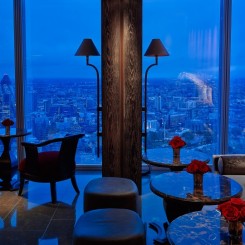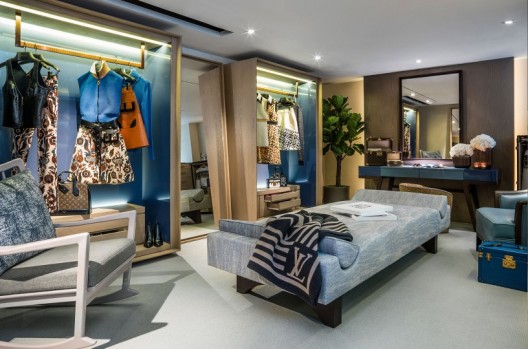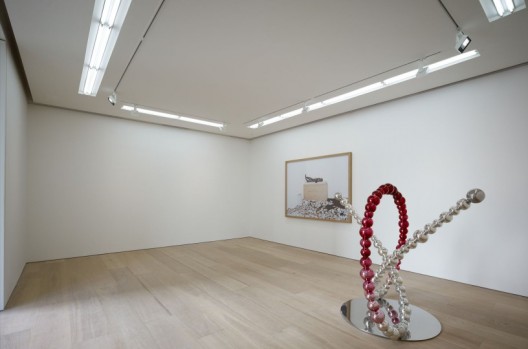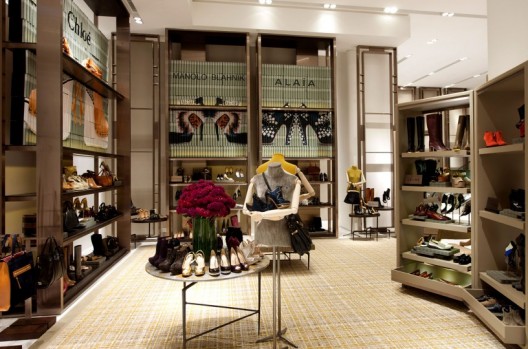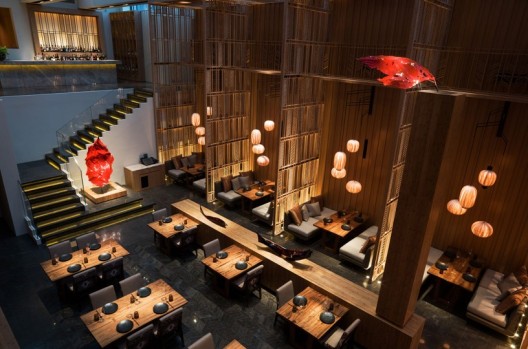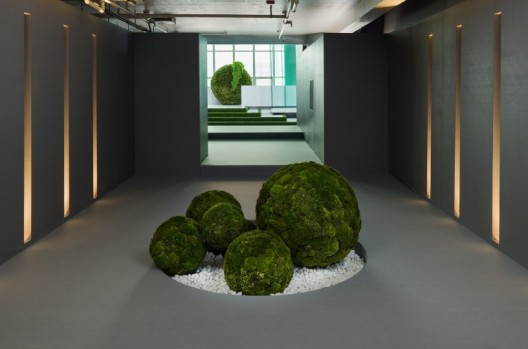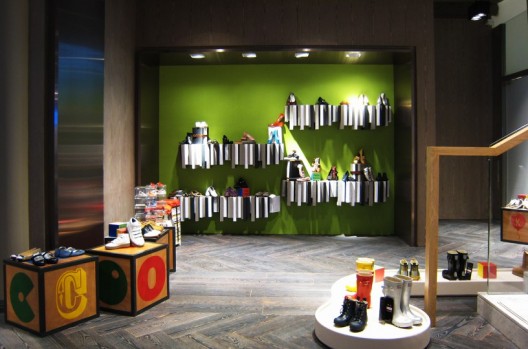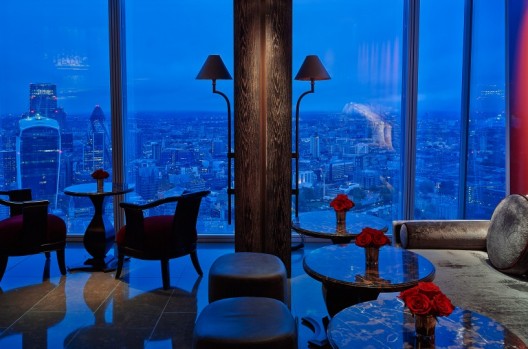One of Asia’s leading interior designers, Andre Fu unites a Modernist approach with organic materials. His projects have ranged from luxury hotels such as Shangri-La, to department stores and art galleries including Perrotin Hong Kong.
A Hong Kong native, Fu read architecture at Cambridge University, founding his agency AFSO in 2000. Since then, he has designed for high-end clients throughout Asia and now Europe, from Four Seasons to Waldorf, the Berkeley, Lane Crawford department stores, and Louis Vuitton. His efforts have netted him prestigious nominations such as Maison et Object’s Designer of the Year 2016, and he is now one of Hong Kong’s most influential designers.
We spoke to the softly spoken Fu in his plant-filled Hong Kong office via Skype about his debt to the Bauhaus, how returning to Hong Kong has redefined his idea of space, his architectural heroes, and building an apartment inside a nightclub.
Jeni Fulton: What best sums up your philosophy when it comes to your approach to design, given that you studied in the UK, and then moved back to Hong Kong?
Andre Fu: I read architecture at Cambridge University, where there was an emphasis on the history and theory of architecture. I love Modernists such as Mies van der Rohe and Carlos Scarpa and their stripped down, minimal designs. The Bauhaus period is another major reference—I’m rooted in those core values. This means that I am driven by surroundings and environment rather than decorative design.
I’m interested in creating places where people feel that they’re surrounded by the ideas that have gone into the space—the storytelling aspect of each project. Typically the concept is derived from a particular design narrative that I am trying to express. For example, at Kioku in Seoul, the idea was to create a modernist bamboo theatre that complemented the dramatic double height space that I was working with.
JF: Since founding ASFO in 2000, what are the biggest changes to the business you have observed? Your career has coincided with a period of sustained economic growth in your footprint region, China.
AF: The perception of luxury has evolved greatly—think of the Michelin star dining experience that was hugely formal back in the late ’90s. Now, people simply want to dress comfortably and enjoy honest cooking that uses the best, rather than the most ostentatious ingredients. For me, the world of architecture and hospitality is closely connected with the way people live.
JF: So it all comes back to subjective comforts, where people’s needs are put before formal concerns: to borrow from Adolf Loos, “death to ornamentation”? Luxe hotels aren’t exactly known for their restrained approach….
AF: Luxury is traditionally related to spatial experiences that are grand and formal, yet today, I believe people are striving for experiences that are genuine, honest and relaxed. In other words, it is a level of luxury that is no longer on a superficial level.
JF: How does this translate into your projects?
AF: It’s an architectural approach, a story that we’re telling about the space. I don’t usually go for the most avant-garde or contemporary materials because the projects that we do need to convey timelessness. But there are so many innovative materials now—from concrete tiles to material alterations where wood becomes tiles and tiles become wood.
Being back in Asia, its energy, the juxtaposition of cultures, and the vitality of urban life push me to respond to the lives we lead now. I’m looking at creating clarity and simplicity.
JF: Your projects span most of Asia: currently you’re working on the Waldorf Astoria in Bangkok, as well as the Park Hyatt in Phuket. You’ve designed properties in Hong Kong, Korea, Tokyo and London. Working in an international capacity, what is the greatest challenge you’ve ever encountered?
AF: Typically, every situation is challenging in its own right—especially when we are working with a client for the first time and our knowledge of the local culture is limited. There was a project where we were asked to create a pop-up apartment with all residential comforts inside a night club. It turned out to be a successful project in the end!
JF: You designed the Perrotin gallery in Hong Kong. What are the particular challenges associated with an art space?
AF: Designing an art space is not just about creating a white cube—it’s also about the personality of the gallery. In terms of sensibility, Perrotin has an edgy approach to art and how it relates to pop culture, fashion, and photography. It’s also about lifestyle and how that connects with art. Perrotin in Hong Kong is very spacious in local terms, with over 7000 sq ft of space and a wall of windows we weren’t allowed to block. Negative space can actually change the way artists relate to the environment, and it can affect the installation process. I gave the gallery more layers by creating five separate spaces—and increased the flexibility of the space in the process.
JF: Are you personally interested in art?
AF: I wouldn’t call myself an art collector but I do have a small collection of art which is a mixture of Asian and European. I very much like Park Seo-Bo, a Korean artist, and Rita Ackermann, a British painter. Francois and Claude Lalanne create very sculptural design pieces. Also, Ai Weiwei and Anthony Gormley are big references.
JF: What do you think the broader potential of design is in social terms? Is it purely aesthetic, or can it serve a broader purpose?
AF: Design influences the way people behave; I think the most successful spatial design is one that is silent, yet which provides a perfect backdrop that allows things to happen.

